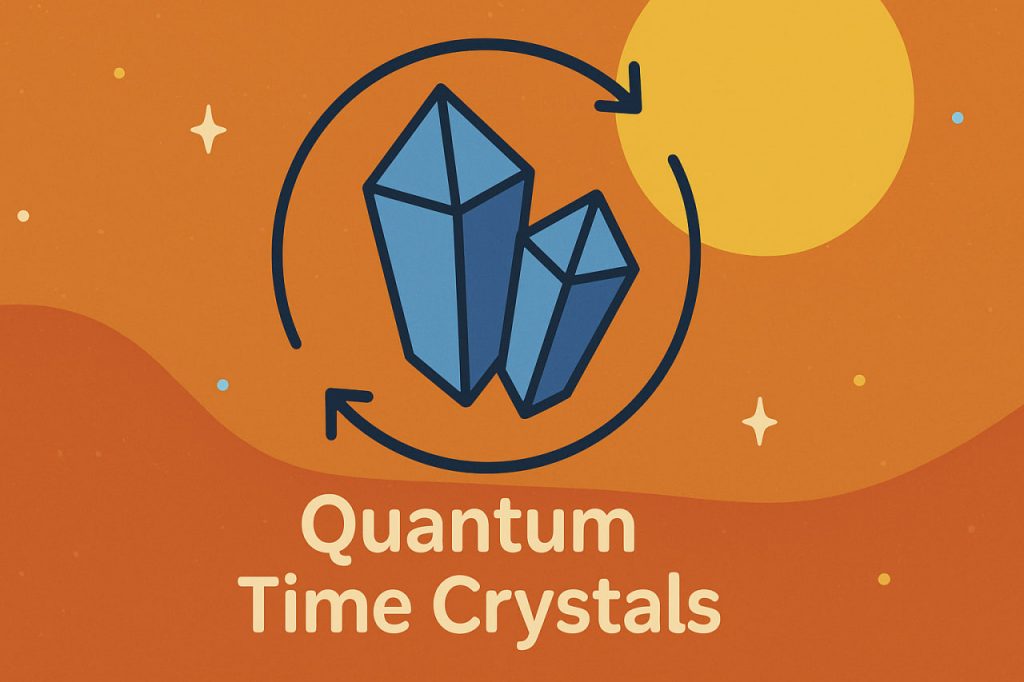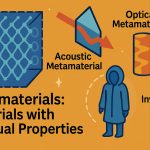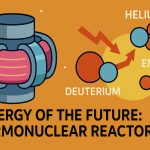Quantum time crystals are a recently discovered phase of matter that challenges our traditional understanding of physics. Unlike ordinary materials, which remain static or change only when energy is applied, time crystals continuously oscillate between different states without consuming energy. This perpetual, rhythmic motion is not the same as a perpetual motion machine — it follows the laws of quantum mechanics and thermodynamics, but in an unconventional way.
What Are Time Crystals?
In normal materials, atoms settle into a stable arrangement at their lowest energy state, known as equilibrium. In time crystals, however, the arrangement of particles changes periodically over time, even when the system is in its lowest energy state. This creates a repeating pattern in time rather than in space, which is why they are called “time crystals.”
The Role of Quantum Mechanics
Time crystals are inherently quantum systems, relying on effects like superposition and entanglement. They are created by applying a periodic driving force, such as laser pulses or electromagnetic fields, to a quantum system. Instead of simply following the driving rhythm, the system locks into a pattern that repeats at a different frequency — a phenomenon called time-translation symmetry breaking.
Potential Applications
While still in the research stage, time crystals could have far-reaching uses:
- Quantum computing – They could store and process quantum information more reliably by reducing energy loss.
- Precision measurement – Their stable oscillations might help develop ultra-accurate clocks and sensors.
- Fundamental physics – They offer a new platform to explore quantum phenomena and non-equilibrium systems.
Challenges in Research
Creating and maintaining time crystals requires extremely controlled conditions, such as near-absolute-zero temperatures or isolated quantum systems. Additionally, their behavior must be carefully measured to distinguish them from similar periodic effects in conventional systems.
The Future of Time Crystals
Since the first experimental realization in 2016, research has accelerated. Scientists are now exploring solid-state systems, trapped ions, and superconducting qubits as potential platforms for stable time crystals. If these systems become practical, they could revolutionize quantum technologies.
Glossary
- Quantum mechanics – The branch of physics dealing with the behavior of matter and energy at very small scales.
- Equilibrium – A stable state where a system’s energy is at its minimum.
- Superposition – A quantum phenomenon where a particle exists in multiple states at once.
- Entanglement – A quantum link between particles that makes their states interdependent.
- Time-translation symmetry breaking – A condition where a system’s behavior repeats in time at a period different from the driving force.


